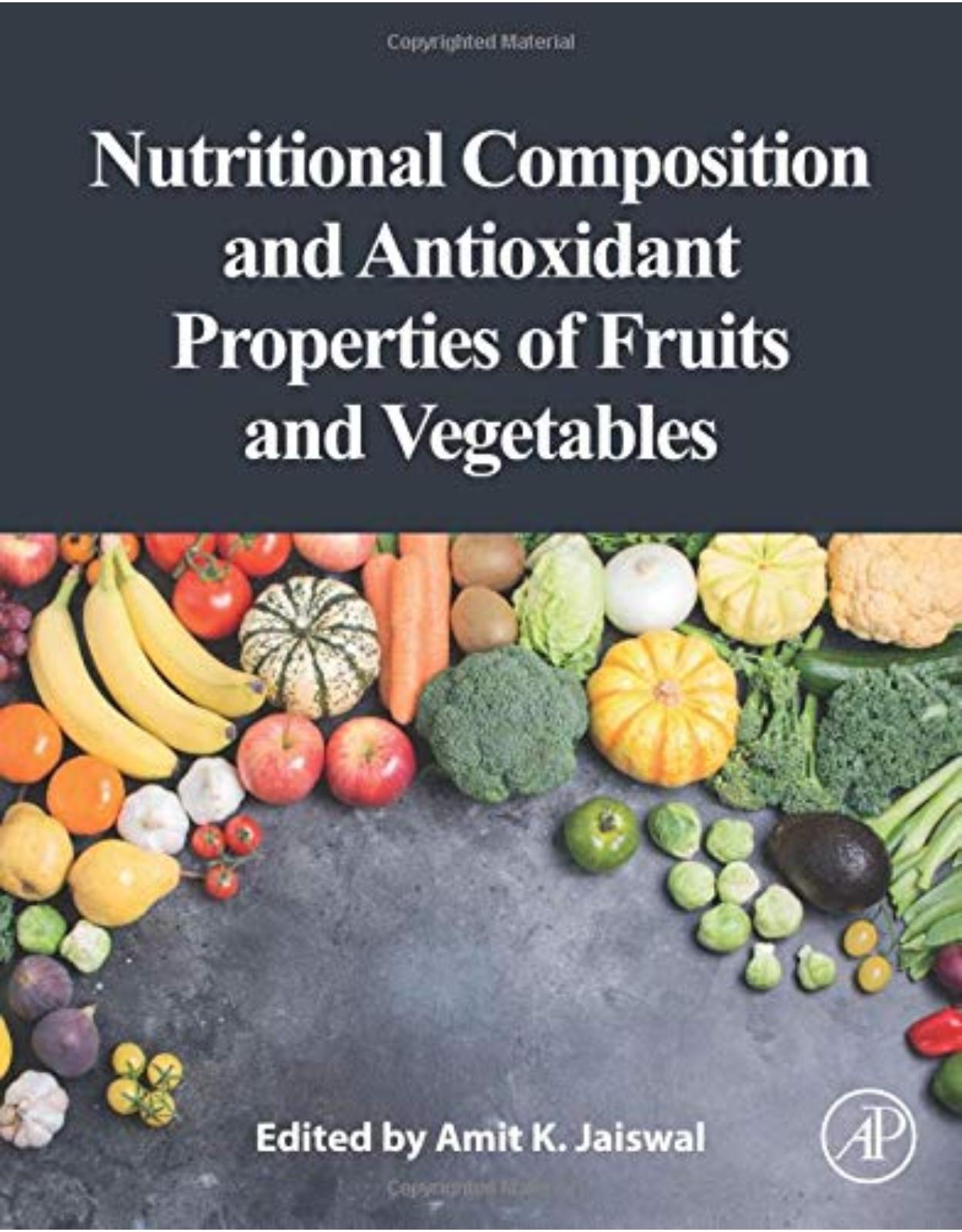
Nutritional Composition and Antioxidant Properties of Fruits and Vegetables
Livrare gratis la comenzi peste 500 RON. Pentru celelalte comenzi livrarea este 20 RON.
Disponibilitate: La comanda in aproximativ 4 saptamani
Autor: Amit K. Jaiswal
Editura: Elsevier
Limba: Engleza
Nr. pagini: 896
Coperta: Paperback
Dimensiuni: 21.59 x 3.91 x 27.94 cm
An aparitie: 1 Aug. 2019
Description:
Nutritional Composition and Antioxidant Properties of Fruits and Vegetables provides an overview of the nutritional and anti-nutritional composition, antioxidant potential, and health benefits of a wide range of commonly consumed fruits and vegetables. The book presents a comprehensive overview on a variety of topics, including inflorescence, flowers and flower buds (broccoli, cauliflower, cabbage), bulb, stem and stalk (onion, celery, asparagus, celery), leaves (watercress, lettuce, spinach), fruit and seed (peppers, squash, tomato, eggplant, green beans), roots and tubers (red beet, carrots, radish), and fruits, such as citrus (orange, lemon, grapefruit), berries (blackberry, strawberry, lingonberry, bayberry, blueberry), melons (pumpkin, watermelon), and more.
Each chapter, contributed by an international expert in the field, also discusses the factors influencing antioxidant content, such as genotype, environmental variation and agronomic conditions.
Contains detailed information on nutritional and anti-nutritional composition for commonly consumed fruits and vegetables
Presents recent epidemiological information on the health benefits of fresh produce
Provides in-depth information about the antioxidant properties of a range of fruits and vegetables
Table of Contents:
I. Vegetables
1 Inflorescence/flowers/flower buds
1 Broccoli
1.1 Background
1.2 Nutritional components of broccoli
1.3 Antinutritional factors in broccoli
1.4 Health benefits
1.4.1 Cancer prevention
1.4.2 Detoxification
1.4.3 Maintaining healthy skin
1.4.4 Heart health
1.4.5 Effect on immune system
1.4.6 Anemia
1.4.7 Ulcer
1.4.8 Eye health
1.4.9 Bone health
1.4.10 Diabetes
1.5 Factors affecting bioactive components of broccoli
1.6 Possible health risk of consuming broccoli
1.7 Concluding remarks and future trends
References
2 Cauliflower
2.1 Background
2.2 Health benefits
2.3 Macronutrients, micronutrients, and antinutritional compounds
2.3.1 Macronutrients
2.3.2 Micronutrients
2.3.3 Antinutritional compounds
2.4 Antioxidant phytochemicals
2.4.1 Glucosinolates
2.4.2 Ascorbic acid
2.4.3 Polyphenols
2.4.4 Thiol compounds
2.4.5 Carotenoids
2.4.6 Vitamin E
2.5 Antioxidant properties
2.6 Factors influencing antioxidants content
2.6.1 Genotype variations
2.6.2 Environmental variations
2.6.3 Agronomic conditions
2.7 Cauliflower by-products (as dietary or food antioxidants)
2.8 Concluding remarks and future trends
References
3 Cabbage
3.1 Background
3.2 Health benefits of cabbage
3.2.1 Cancer
3.2.2 Antiinflammatory
3.2.3 Cardiovascular disease
3.2.4 Alzheimer’s disease
3.2.5 Other health benefits
3.3 Nutritional and antinutritional composition of cabbage
3.3.1 Macronutrients
3.3.2 Micronutrients
3.3.3 Antinutrients
3.3.3.1 Tannins
3.3.3.2 Phytic acid
3.3.3.3 Cyanide
3.4 Antioxidant phytochemicals of cabbage
3.4.1 Vitamins
3.4.1.1 Carotenoids
3.4.1.2 Vitamin C
3.4.1.3 Vitamin E
3.4.2 Phytochemicals
3.4.2.1 Phenolic compounds
3.4.2.2 Glucosinolates
3.4.2.2.1 Isothiocyanates
3.4.2.2.2 Indoles
3.5 Factors influencing antioxidant and nutritional profile of cabbage
3.5.1 Genotype variation
3.5.2 Environmental variation
3.5.3 Agronomic conditions
3.6 Side effects associated with cabbage consumption
3.7 Breakthroughs in the utilization of cabbage waste
3.8 Concluding remarks and future trends
References
4 Artichoke
4.1 Globe artichoke
4.2 Chemical composition
4.2.1 Artichoke and polyphenolic compounds
4.2.2 Artichoke and dietary fiber
4.2.3 Artichoke and proteins
4.2.4 Artichoke and lipids
4.3 Health effects associated to globe artichoke
4.3.1 Hepatoprotective properties
4.3.2 Choleretic activity
4.3.3 Antioxidant properties
4.3.4 Antiviral properties
4.3.5 Antimicrobial properties
4.3.6 Prebiotic capacity
4.3.7 Antidiabetic activity
4.3.8 Reduction of cholesterol
4.3.9 Anticancer effects
4.3.10 Adverse effects
4.4 Conclusions
Acknowledgment
References
2 Bulb/Stem/Stalk
5 Onion
5.1 Background
5.2 Health benefits
5.3 Nutritional and antinutritional composition
5.3.1 Dry matter, food fibers, and unstructural saccharides
5.3.2 Acidity
5.3.3 Amino acids
5.3.4 Mineral composition
5.4 Antioxidant phytochemicals and properties
5.4.1 S-Alkenyl cystein sulfoxides
5.4.2 Polyphenols and flavonoids
5.4.3 Saponins
5.5 Factors influencing nutritional and antioxidants content
5.6 Concluding remarks and future trends
Acknowledgment
References
6 Garlic
6.1 Garlic; origin and major types
6.1.1 Subspecies and varieties
6.1.2 Uses
6.2 Health benefits of garlic
6.2.1 Effects on cardiovascular diseases
6.2.2 Atherosclerosis
6.2.3 Hypertension
6.2.4 Platelet aggregation
6.2.5 Effects on diabetes mellitus
6.2.6 Antimicrobial effect
6.2.7 Dermatological applications
6.2.8 Neurological disorders
6.2.9 Dyspepsia and indigestion
6.2.10 Other health benefits
6.3 Garlic composition and constituents
6.3.1 Nutritional composition
6.3.2 Phytochemical constituents
6.3.3 Alliinase and thiosulfinates
6.4 Concluding remarks and future trends
References
7 Celery
7.1 Background
7.2 Nutritional composition
7.3 Health benefits
7.3.1 Anti-inflammatory and analgesic activities
7.3.2 Enhanced memory and neuroprotective effects
7.3.3 Anti-hypertensive effects
7.3.4 Anti-cancer effects
7.3.5 Gastroprotective effects
7.3.6 Anti-microbial effects
7.3.7 Anti-oxidant effects
7.4 Anti-oxidant phytochemicals
7.5 Factors influencing anti-oxidant content
7.5.1 Cultivars of A. graveolens
7.5.2 Storage
7.5.3 Cooking methods
7.5.4 Methods of extraction
7.5.5 Parts of the A. graveolens plant
7.6 Toxicological properties
7.7 Concluding remarks and future trends
Acknowledgments
References
Further reading
8 Asparagus
8.1 Background
8.2 Health benefits
8.3 Nutritional composition
8.3.1 Moisture
8.3.2 Carbohydrates
8.3.3 Proteins
8.3.3.1 Vitamins
8.3.3.2 Minerals
8.4 Antioxidant phytochemicals
8.4.1 Flavonoids
8.4.2 Hydroxycinnamic acids
8.4.3 Saponin
8.5 Antioxidant properties
8.6 Factors influencing antioxidants content
8.6.1 Genotype
8.6.2 Environmental and agronomic conditions
8.7 Asparagus by-products as a source of functional ingredients
8.7.1 Stems and leaves
8.7.2 Basal portions of asparagus spears
8.7.3 Crown and roots
8.7.4 Concluding remarks and future trends
Acknowledgment
References
3 Leafy Vegetables
9 Lettuce
9.1 Background
9.1.1 Overview of global lettuce market
9.2 General health benefits of lettuce
9.2.1 Health benefits of loose leaf and butterhead (Boston) and bib lettuce
9.2.2 Health benefits of romaine (cos) lettuce
9.2.3 Health benefits of iceberg lettuce
9.3 Nutritional and antinutritional composition of lettuce
9.3.1 Nutritional composition of lettuce
9.3.2 Antinutritional components and side effects of lettuce
9.4 Polyphenols and antioxidant phytochemical in four lettuce varieties
9.5 Factors influencing the antioxidant content
9.5.1 Effect of genotype variation on antioxidant status in lettuce
9.5.2 Effect of environmental variation on antioxidant status in lettuce
9.5.3 Effect of agronomic conditions on antioxidant status in lettuce
9.6 Other aspects
9.6.1 Lettuce in beauty and health care formulation
9.6.2 Lettuce in medicinal formulation
9.7 Future trends of lettuce
References
10 Kale
10.1 Background
10.2 Nutritional composition and quality parameters
10.2.1 Sugar and organic acids
10.2.2 Fatty acid content
10.2.3 Amino acid composition
10.2.4 Mineral composition
10.3 Antioxidant phytochemicals
10.3.1 Glucosinolates
10.3.2 Isothyocianates
10.3.3 Phenolic compounds
10.3.4 Phytic acid
10.3.5 Brassinosteroids
10.4 Health benefits
10.4.1 Glucosinolates metabolism
10.4.2 Antioxidant activity
10.4.3 Oxidative stress
10.4.4 Cancer prevention
10.4.5 Antiinflammatory effect
10.4.6 Xenobiotic metabolism: enzyme inhibition
10.4.7 Other health benefits
10.5 Factors influencing the antioxidant content and other parameters
10.5.1 Environmental variations
10.5.2 Agronomic conditions: fertilization and cropping systems
10.5.3 Influence of processing and cooking
10.6 Concluding remarks and future trends
Acknowledgments
References
11 Spinach
11.1 Background
11.2 Nutritional and antinutritional composition
11.2.1 Macronutrients
11.2.2 Micronutrients
11.2.3 Antinutrient composition
11.3 Health benefits
11.3.1 Healthy diets
11.3.2 Lipid-lowering properties and cardiovascular protection
11.3.3 Antiobesity effects
11.3.4 Hypoglycemic activity
11.3.5 Antiinflammatory effects
11.3.6 Anticancer properties
11.3.7 Neuronal protection
11.3.8 Antimacular degeneration
11.3.9 Others
11.4 Antioxidant components in spinach
11.4.1 Antioxidant enzymes
11.4.2 Vitamins and carotenes
11.4.3 Phenolic and flavonoid acids
11.4.4 Other structures
11.5 Antioxidant activity test
11.6 Environmental variations and agronomic conditions
11.7 Development of novel products with spinach as ingredient
11.8 Conclusion
References
12 Watercress
12.1 Introduction
12.2 Nutritional composition
12.2.1 Proximate composition
12.2.2 Free sugars
12.2.3 Fatty acids
12.2.4 Minerals
12.2.5 Vitamins
12.3 Antinutrients composition
12.4 Nonnutrients composition
12.4.1 Phenolic compounds
12.4.2 Glucosinolates
12.5 Antioxidant properties
12.5.1 Mechanisms of the antioxidant activity assays
12.5.2 In vitro antioxidant activity
12.6 Health benefits
12.7 Safety precautions
12.8 Concluding remarks and future trends
Acknowledgments
References
4 Fruit and Seed
13 Pepper
13.1 Background
13.2 Health benefits
13.2.1 Recent epidemiological studies
13.2.2 Interventional trials
13.3 Nutritional and antinutritional composition
13.3.1 Nutritional composition
13.3.2 Antinutrients
13.3.2.1 Solanine
13.3.2.2 Lectin
13.3.2.3 Protease inhibitors
13.4 Antioxidant phytochemicals
13.4.1 Vitamin C
13.4.2 Carotenoids
13.4.3 Vitamin E
13.4.4 Phenolic compounds
13.4.5 Thiols
13.4.6 Factors influencing antioxidants content of peppers
13.4.7 Genotype variation
13.4.8 Environmental variation
13.4.9 Agronomic conditions
13.5 Other aspects
13.5.1 Side effects
13.5.2 Capsaicin and heat sensation
13.5.3 Postharvest effects on peppers
13.5.3.1 Storage
13.5.3.2 Disinfecting and detoxification
13.5.3.3 Cooking
13.6 Concluding remarks and future trends
References
14 Summer squash
14.1 Introduction
14.2 Health benefits
14.2.1 Antioxidant activity
14.2.2 Anticarcinogenic compounds
14.2.3 Antiinflammatory properties
14.2.4 Antimicrobial properties
14.2.5 Blood sugar regulation
14.2.6 Prostatic hyperplasia (BPH) and urinary function
14.3 Nutritional and antinutritional composition
14.3.1 Water
14.3.2 Protein
14.3.3 Fat
14.3.4 Carbohydrates
14.3.5 Fiber
14.3.6 Minerals
14.3.7 Antinutritional compounds
14.4 Antioxidant properties
14.4.1 Ascorbic acid
14.4.2 Carotenoids
14.4.2.1 Chlorophylls
14.4.3 Polyphenols
14.4.4 Vitamins
14.4.5 Cucurbitacins
14.5 Factors influencing the nutritional content
14.5.1 Genotype and ripening stage variation
14.5.2 Environmental variation
14.5.2.1 Water
14.5.2.2 Soil
14.5.2.3 Growing season (related to temperature and radiation)
14.5.3 Agronomic conditions
14.5.3.1 Irrigation systems
14.5.3.2 Nutrient solution
14.5.3.3 Fertilizers
14.6 Potential contribution
14.7 Concluding remarks and future trends
Acknowledgments
References
15 Tomato
15.1 Introduction
15.2 Nutritional composition
15.3 Antioxidant capacity and bioactive compounds profile
15.3.1 Total antioxidant capacity
15.3.2 Phenolic compounds in tomato
15.3.3 Carotenoids
15.4 Factors influencing the antioxidant properties of tomato
15.4.1 Tomato variety and ripening stage at harvest
15.4.2 Plant mineral nutrition
15.4.3 Light conditions
15.5 Potential health effects
15.5.1 Cardiovascular disease
15.5.2 Hypertension
15.5.3 Nonalcoholic fatty liver disease
15.5.4 Cancer
15.5.5 Osteoporosis
15.5.6 Alzheimer’s disease
Conclusions
References
Further Reading
16 Eggplant
16.1 Introduction
16.2 Production and consumption of eggplant
16.3 Proximate composition of eggplant
16.4 Bioactive compounds in eggplant and their antioxidant properties
16.4.1 Phenolics
16.4.2 Flavonoids
16.4.2.1 Anthocyanins
16.4.2.2 Other minor components
16.5 Browning in eggplant
16.6 Postharvest changes in the quality of eggplant
16.7 Effect of cooking on the properties of eggplant
16.8 Antioxidant activity studies on eggplant
16.9 Health promoting properties of the bioactive compounds in eggplant
16.10 Allergens in eggplant
16.11 Concluding remarks and future trends
References
Further reading
17 Green beans
17.1 Background
17.2 Health benefits
17.2.1 Cardiovascular disease
17.2.2 Diabetes
17.2.3 Cancer
17.2.4 Fertility and prenatal health
17.2.5 Depression
17.2.6 Bone health
17.2.7 Eye health
17.2.8 Gastrointestinal issues
17.2.9 Additional health benefits of green beans
17.3 Health risks of green beans
17.3.1 Phytates
17.3.2 Lectins
17.3.3 Oxalates
17.3.4 Allergies
17.4 Nutritional and antinutritional composition
17.4.1 Macronutrients
17.4.2 Vitamins
17.4.3 Minerals
17.5 Antioxidant potential of green beans
17.6 Factors influencing antioxidant content
17.6.1 Genotype variation
17.6.2 Environmental variation
17.6.3 Processing conditions
17.7 Other aspects
17.8 Concluding remarks and future trends
Acknowledgment
References
Further reading
18 Cluster beans
18.1 Introduction
18.2 Chemical and nutritional composition
18.3 Guar gum—the fiber component and its application in food industry
18.4 Health benefits of cluster beans/guar gum
18.4.1 Effective in the weight management
18.4.2 Provides a feeling of satiety
18.4.3 Assists in the management of diabetes
18.4.4 Effective in cholesterol/lipid lowering under condition of hypercholesterolemia
18.4.5 Effective in managing blood pressure
18.4.6 Cardioprotective influence
18.4.7 Prevention of cholesterol gallstone disease
18.4.8 Digestive aid: prevention of constipation
18.4.9 Gastrointestinal protection
18.4.10 Antiinflammatory and cancer preventive influence
Conclusion
References
5 Roots and Tubers
19 Red beet
19.1 Introduction
19.2 Nutritional and antinutritional composition
19.3 Health benefits
19.4 Betalains in red beet
19.4.1 Application of betalains as food colorants
19.5 Antioxidant properties
19.5.1 Factors influencing antioxidants content
19.6 Genotype and environmental variations
19.6.1 Agronomic conditions
19.7 Conclusion and future trends
Acknowledgment
References
20 Carrot
20.1 Background
20.2 Health benefits
20.2.1 Prevention of cardiovascular diseases
20.2.2 Maintaining eyesight and eye health
20.2.3 Prevention of certain cancers
20.3 Nutritional and antinutritional composition
20.3.1 Macronutrient composition
20.3.2 Micronutrient composition
20.3.2.1 Vitamin E
20.3.2.2 Vitamin C
20.3.2.3 Minerals
20.4 Antioxidant phytochemicals
20.4.1 Carotenoid content
20.4.2 Vitamin E content
20.4.3 Vitamin C content
20.4.4 Anthocyanin content
20.5 Antioxidant properties
20.6 Factors influencing antioxidants content
20.6.1 Genotype variation
20.6.2 Environmental variation
20.6.3 Agronomic conditions
20.7 Concluding remarks and future trends
References
21 Potato
21.1 Introduction
21.2 History
21.3 Nutrient content of potatoes
21.3.1 Carbohydrate
21.3.2 Protein
21.3.3 Lipid and dietary fibers
21.3.4 Minerals
21.3.5 Vitamins
21.3.6 Phytochemicals
21.4 Antinutrient content of potatoes
21.5 Health benefits of potato
21.5.1 Blood pressure
21.5.2 Obesity and management of weight
21.5.3 Type 2 diabetes
21.5.4 Gastrointestinal health
21.5.5 Cardiovascular diseases
21.5.6 Brain functioning
21.5.7 Prevent cancer
21.5.8 Juice of raw potato
21.5.9 Skin care
21.6 Factors affecting nutritional composition
21.6.1 Genetic factor
21.6.2 Agronomic factors
21.6.3 Environment conditions
21.7 Effect of processing method on potato
Conclusion
References
II. Fruits
6 Citrus Fruits
22 Orange
22.1 Orange
22.2 Health benefits
22.3 Nutritional composition
22.4 Antioxidant phytochemicals
22.4.1 Ascorbic acid (vitamin C)
22.4.2 Polyphenols
22.4.3 Carotenoids
22.5 Antioxidant properties
22.6 Factors influencing antioxidants content
22.6.1 Genotype variation
22.6.2 Environmental variation
22.6.3 Agronomic conditions
22.7 Concluding remarks and future trends
References
23 Lemon
23.1 Background
23.2 Composition of nutrients and nonnutrients
23.2.1 Carbohydrates
23.2.2 Vitamins
23.2.3 Minerals
23.2.4 Phenolic compounds
23.2.5 Organic acids
23.2.6 Carotenoids
23.2.7 Essential oils
23.3 Health benefits
23.3.1 Vitamin C
23.3.2 Flavonoids
23.3.3 Coumarin
23.3.4 Terpenoids
23.3.5 Pectin
23.4 Antioxidant phytochemicals and their properties
23.5 Factors influencing antioxidant content
23.5.1 Genotype variation
23.5.2 Environmental and agronomic conditions
23.6 Other aspects
23.7 Concluding remarks and future trends
Acknowledgment
References
24 Grapefruit
24.1 Minor citrus fruits
24.1.1 History and production of citrus
24.1.2 Significance of Citrus species
24.2 Health benefits of Citrus fruits and grapefruit
24.3 Evidence of the biological activities of citrus fruits and their constituents
24.3.1 Evidence based on in vivo studies
24.3.2 Evidence based on clinical studies
24.4 Nutritional and antinutritional composition of citrus/grapefruit
24.4.1 Secondary metabolites in citrus/grapefruit
24.4.2 Antioxidant phytochemicals in grapefruit and citrus
24.4.3 Grapefruit/citrus phytochemicals in inhibiting proliferation of cancer cells
Conclusion
Acknowledgement
References
7 Berries
25 Blackberries
25.1 Wild and cultivated varieties of blackberries
25.2 Nutritional composition
25.2.1 Carbohydrates
25.2.2 Proteins
25.2.3 Organic acids
25.2.4 Dietary fibers
25.2.5 Minerals
25.2.6 Vitamins
25.2.7 Phenolic compounds
25.2.8 Hydrolyzable tannins (ellagitannins)
25.2.8.1 Anthocyanins
25.2.8.2 Flavonoids
25.2.8.3 Phenolic acids
25.2.8.4 Lignans
25.2.8.5 Stilbenes
25.2.9 Lipophilic compounds
25.2.9.1 Lipids and fatty acids
25.2.9.2 Carotenoids
25.2.9.3 Tocopherol and phytosterol
25.3 Impact of storage and processing effect
25.4 In vivo metabolism after consumption of main blackberry compounds
25.4.1 Absorption, bioavailability, and metabolism of ellagitannins
25.4.2 Absorption, bioavailability, and metabolism of anthocyanins
25.4.3 Absorption, bioavailability, and metabolism of flavonoids
25.5 Review of reported biological activities of blackberries
25.5.1 Antioxidant properties
25.5.2 Antiinflammatory activity
25.5.3 Cardiovascular protective properties
25.5.4 Hypoglycemic properties and prevention of type 2 diabetes
25.5.5 Anticancer properties
25.5.6 Antimicrobial activity
25.5.7 Estrogenic properties
25.5.8 Neuroprotective properties
25.6 Concluding remarks and future trends
References
26 Strawberries
26.1 Background
26.2 Health benefits
26.3 Nutritional composition
26.3.1 Basic elements
26.3.2 Minerals
26.3.3 Vitamins
26.3.4 Allergens (nonnutritional compound)
26.4 Antioxidant phytochemicals
26.4.1 Anthocyanins
26.4.2 Ellagitannins
26.4.3 Other phenolic compounds
26.5 Antioxidant properties
26.6 Factors influencing antioxidants content
26.6.1 Genotype variation
26.6.2 Ripening stage
26.6.3 Storage environment
26.7 Other aspects
26.8 Concluding remarks and future trends
References
Further reading
27 Lingonberries
27.1 Background
27.2 Lingonberry production information
27.2.1 Botanical characterization
27.2.2 Growing conditions and considerations
27.2.3 Plant propagation and cultivars
27.2.4 Yields, harvesting, and marketing
27.3 Nutritional composition and bioactive compounds
27.3.1 Nutritional composition
27.3.1.1 Proximate analysis
27.3.1.2 Vitamins and minerals
27.3.1.3 Organic acids and sugars
27.3.1.4 Fatty acids
27.3.1.5 Free amino acids
27.3.2 Bioactive compounds profile, antioxidant activities, and other bioactivites
27.3.2.1 Phenolic compounds profile
27.3.2.1.1 Flavanols/flavan-3-ols and proanthocyanins
27.3.2.1.2 Flavonols and phenolic acids
27.3.2.1.3 Anthocyanins
27.3.2.2 Antioxidant activity and other bioactivities
27.3.2.2.1 Antioxidant activity attributed to phenolic compounds
27.3.2.2.2 Contribution of vitamins and water-extractable polysaccharide conjugates to antioxidant a
27.4 Health benefits associated with consumption of lingonberries
27.5 Concluding remarks and future trends
References
28 Himalayan bayberries
28.1 Background
28.2 Plant morphology
28.3 Medicinal properties and other uses
28.4 Nutritional composition
28.5 Chemical composition
28.6 Pharmacological and biological properties
28.6.1 Antioxidant activity
28.6.2 Antipyretic and analgesic properties
28.6.3 Antifungal and antimicrobial activity
28.6.4 Anticancer activity
28.7 Potential of fruits
28.8 Research gap and future prospective
Conclusion
References
Further reading
29 Blueberries
29.1 Background
29.2 Blueberry classification (origin and growing regions)
29.3 Chemical composition of blueberry and relation with the structure of the fruit
29.4 Bioactive compounds in blueberries and their antioxidant activity
29.5 Health benefits of blueberry fruit
29.5.1 The “king of antioxidant fruits”
29.5.2 Anticancer properties
29.5.3 Anticardiovascular diseases properties
29.5.4 Antidiabetic effects
29.6 Concluding remarks and future trends
References
30 Indian gooseberry
30.1 Introduction
30.2 Nutritional profile
30.3 Traditional medicinal uses in India and China
30.4 Culinary and other uses
30.5 Health effects of Indian gooseberries
30.5.1 Neuroprotection
30.5.2 Memory enhancing and learning effects
30.5.3 Depression and anxiety
30.5.4 Longevity
30.5.5 Antipyretic and analgesic activities
30.5.6 Antioxidant potential
30.5.7 Hepatoprotective effect
30.5.8 Gastroprotective activity
30.5.9 Cardiovascular health
30.5.10 Emblica in diabetes management
30.5.10.1 Hypoglycemic and hypolipidemic effects
30.5.10.2 Insulin secretagogue and Insulin sensitizing effect
30.5.10.3 Diabetes induced oxidative stress
30.5.10.4 Diabetic neuropathy
30.5.10.5 Nephropathy and diabetic cataract
30.5.11 Antiobesity influence
30.5.12 Antiinflammatory effect
30.5.13 Immunomodulatory effects
30.5.14 Protection against cancer
30.5.15 Hair growth and pigmentative property
30.5.16 Skin protection
Conclusion
References
8 Melons
31 Papaya
31.1 Introduction
31.2 Description and uses of papaya
31.2.1 Seeds
31.2.2 Leaves
31.2.3 Fruit
31.2.4 Is papaya only an edible food or does it have a medicinal application?
31.3 Bioactive compounds in papaya
31.3.1 Phenolic compounds
31.3.2 Carotenoids
31.3.3 Others
31.4 Antioxidant properties
31.4.1 Fruit
31.4.2 Leaves, peel, and seeds
31.5 Factors influencing antioxidant properties: genotype, environmental, agronomic conditions
31.6 Importance of biaoctive compounds in human health
31.7 Can papaya be considered a functional food?
31.8 Concluding remarks and future trends
Acknowledgment
References
32 Watermelon
32.1 Background
32.2 Nutritional and antinutritional composition
32.2.1 Nutritional composition
32.2.1.1 Minerals
32.2.1.2 Sugars
32.2.1.3 Vitamins
32.2.1.4 Citrulline
32.2.1.5 Antinutritional composition
32.3 Antioxidant phytochemicals
32.3.1 Lycopene and carotenoids
32.3.1.1 Polyphenols and flavonoids
32.4 Antioxidant properties of watermelon
32.4.1 Hydrophilic antioxidant activity
32.4.2 Lipophilic antioxidant activity
32.5 Factors influencing antioxidants content
32.5.1 Genotype variation
32.5.2 Environmental condition variation
32.5.3 Agrotechnical processes
32.5.4 Maturity
32.5.5 Harvest and postharvest storage
32.6 Watermelon by-products
32.7 Health benefits
32.8 Concluding remarks and future trends
Acknowledgment
References
33 Muskmelon
33.1 History and origin of melons
33.2 Nutrition in muskmelon
33.3 Nutritional, health-promoting, and antinutritional composition
33.3.1 Carbohydrates
33.3.2 Vitamins and amino acids
33.3.3 Minerals
33.4 Health-promoting compounds
33.4.1 Antioxidant phytochemicals
33.4.2 Nutrition and health beneficial compounds in Seed
33.4.3 Antinutritional components
33.5 Biological activity evidence based on fruit and its components study
33.6 In vitro and in vivo models-based evidence
33.7 Biological activity of major phytochemicals
Summary
Acknowledgment
References
9 Other Fruits
34 Pomegranate
34.1 Background
34.2 Nutritional and antinutritional compositions
34.2.1 Nutritional composition
34.2.2 Antinutritional composition
34.3 Antioxidant phytochemicals
34.3.1 Anthocyanins
34.3.2 Hydrolyzable tannins
34.4 Antioxidative properties of pomegranate fruit parts and by-products
34.5 Health benefits
34.5.1 Antioxidative effects
34.5.2 Anticarcinogenic effects
34.5.3 Estrogenic/antiestrogenic effects
34.5.4 Other related effects
34.6 Factors influencing antioxidants content
34.6.1 Genotype variation
34.6.2 Environmental variation
34.6.3 Processing techniques
34.6.4 Storage conditions
34.7 Bioavailability of the pomegranate phytochemicals
34.8 Concluding remarks and future trends
References
35 Kiwifruit
35.1 Background and geographical context
35.2 Kiwifruit production
35.2.1 Spanish production of kiwifruit
35.3 Composition and nutritional value
35.3.1 Macronutrients and micronutrients
35.3.1.1 Carbohydrates
35.3.1.2 Micronutrients
35.3.1.3 Other phytochemicals
35.3.1.3.1 Chlorophylls
35.3.1.3.2 Carotenoids
35.3.1.3.3 Tocopherols
35.3.1.3.4 Polyphenols
35.3.2 Changes on nutritional composition along ripening and storage
35.3.3 Kiwifruit flavor
35.4 Functional properties of kiwifruit
35.4.1 Platelet aggregation
35.4.2 Plasma antioxidant capacity/ROS protection
35.4.3 Plasmatic lipids
35.4.4 Hypertension
35.4.5 Insulin resistance
35.4.6 Large intestine health
35.4.7 Effects on bone resorption
35.4.8 Insomnia
35.5 Antioxidant capacity of kiwifruit
35.5.1 Antioxidant capacity in comparison with other fruits
35.5.2 Contribution of kiwifruit to the daily antioxidant intake
35.6 Conclusions
References
36 Passion fruit
36.1 Background
36.2 Nutritional composition
36.3 Antioxidant phytochemicals
36.3.1 Polyphenolic compounds
36.3.2 Vitamins
36.3.3 Carotenoids
36.3.4 Dietary fiber
36.4 Antioxidant properties
36.5 Health benefits
36.5.1 Protecting against cardiovascular disease
36.5.1.1 Reducing agent of hyperlipidemia and hypercholesterolemia
36.5.1.2 Antihypertensive
36.5.2 Antiinflammatory activity
36.5.3 Antidiabetic activity
36.5.4 Antianxiety effects
36.6 Concluding remarks
References
37 Apples: an apple a day, still keeping the doctor away?'
37.1 Background
37.2 Overview on nutritional and nonnutritional composition
37.3 Health benefits
37.3.1 General aspects
37.3.2 Epidemiological evidence
37.3.3 Intervention trials with whole apples or apple juice
37.3.4 Intervention trials employing animals
37.4 Biocative phytochemicals—in vitro and cellular trials
37.4.1 Overview
37.4.2 Dietary fiber
37.4.3 Polyphenols
37.4.4 Triterpenes
37.4.5 Phytosterols
37.5 Factors influencing bioactive content
37.5.1 Genotype variation
37.5.2 Environmental variation and agronomic conditions
37.5.3 Storage
37.6 Bioavailability of apple bioactive constitutents
37.7 Concluding remarks and future trends
Acknowledgments
References
38 Apricot
38.1 Background
38.2 Health benefits
38.2.1 Antioxidant activity
38.2.2 Antimicrobial activities
38.2.3 Cardiovascular benefits
38.2.4 Antimetabolic disorder in dyslipidemia
38.2.5 Antidiabetic activity
38.2.6 Hepatoprotective and nephroprotective activity
38.2.7 Antiinflammatory activity
38.2.8 Antinociceptive activity
38.2.9 Antiamyloidogenic activity
38.2.10 Anticancer
38.3 Nutritional and antinutritional composition
38.3.1 Nutritional composition
38.3.2 Antinutritional composition
38.4 Antioxidant phytochemicals
38.4.1 Vitamins
38.4.2 Carotenoids
38.4.3 Polyphenols
38.5 Antioxidant properties (of fresh produce)
38.6 Factors influencing antioxidants content
38.6.1 Genotype variation
38.6.2 Environmental factors
38.6.3 Agronomic conditions and management practises
38.6.4 Fruit development, maturation, and ripening
38.6.5 Postharvest storage condition
38.7 Concluding remarks and future trends
Acknowledgment
References
39 Quinces
39.1 Introduction
39.2 Nutritional composition
39.3 Bioactive compounds
39.3.1 Polyphenols
39.3.1.1 Phenolic profile of quince fruits (pulp and peel), seeds and leaves
39.3.1.2 Polyphenolic profile of quince jams, jelly, and liquors
39.3.2 Antioxidant activity
39.4 Sugars and organic acids composition
39.5 Volatile compounds
39.6 Therapeutic properties
39.7 Processed products
39.8 Other aspects
39.9 Conclusion and prospects
References
40 Olive
40.1 Cultivation and production of olive fruit (Olea europaea L.)
40.2 Bioactive compounds in olive pulp, peel, and stone
40.2.1 Chloroplastic pigments
40.2.2 Phytosterols
40.2.3 Tocopherols
40.2.4 Triterpenoids
40.2.5 Phenols
40.3 Biological activities of the main olive triterpenoids acids
40.3.1 Effect on metabolic syndrome
40.3.2 Antitumor activity
40.3.3 Neuroprotective activity
40.4 Biological activities of oleuropein and its metabolites
40.4.1 Effects on metabolic syndrome
40.4.2 Antitumor activity
40.4.3 Neuroprotective effect
40.4.4 Antioxidant activity
40.4.5 Antiatherogenic effects
40.5 Conclusion and prospects
References
41 Pears
41.1 Background
41.2 Nutritional values
41.2.1 Amino acids
41.2.2 Sugar and fiber
41.2.3 Fatty acids and organic compounds
41.2.4 Minerals
41.3 Health benefits
41.3.1 In vitro studies
41.3.2 In vivo studies
41.3.3 Clinical studies
41.3.4 Epidemiologic studies
41.4 Antioxidant phytochemicals in pears
41.5 Antioxidant properties (of fresh produce)
41.6 Other aspects
41.6.1 Browning disorders in pear fruit
41.7 Potential industrial applications and patented processes
41.8 Conclusion and future trends
References
42 Date palm
42.1 Background
42.2 Nutritional value and biochemical composition
42.2.1 Dietary fiber
42.2.2 Carbohydrates and sugars
42.2.3 Protein and amino acids
42.2.4 Lipids and fat
42.2.5 Minerals
42.2.6 Vitamins
42.2.7 Flavor and aroma
42.3 Health benefits
42.3.1 Antidiabetic effect
42.3.2 Therapy for cardio- and cerebrovascular diseases
42.3.3 Labor and delivery
42.4 Antioxidant phytochemicals in date fruits
42.4.1 Phenolic acids
42.4.2 Carotenoids
42.4.3 Anthocyanins
42.4.4 Tannins
42.5 Antioxidant properties (of fresh produce)
42.6 Potential industrial applications and patented processes
42.7 Concluding remarks and future trends
References
43 Grapes
43.1 Background
43.2 General health benefits of grapes
43.3 Nutritional and antinutritional composition of grapes
43.3.1 Nutritional and antinutritional composition of grapes
43.4 Antioxidant phytochemicals in different grape varieties
43.5 Antioxidant properties of grapes and application
43.6 Factors Influencing the antioxidant content in grape
43.6.1 Effects of genotype variation on antioxidant properties of grapes
43.6.2 Effects of environmental variation on antioxidant properties of grape
43.6.3 Effects of agronomic conditions on antioxidant properties of grape
43.7 Other aspects
43.7.1 Grapes in personal care formulation and medicinal formulation
43.8 Concluding remarks and future prospect
References
44 Prickly pear
44.1 Background
44.2 Nutritional composition
44.2.1 Macronutrients
44.2.2 Minerals
44.2.3 Vitamins
44.3 Bioactive compounds
44.3.1 Phytosterols
44.3.2 Carotenoids
44.3.3 Phenolics
44.3.4 Fatty acids
44.3.5 Amino acids
44.4 Functional properties of prickly pear components
44.4.1 Antioxidant effects
44.4.2 Antiinflammatory actions
44.4.3 Antiproliferative effects
44.4.4 Neuroprotective effects
44.4.5 Effects on carbohydrate and lipid metabolism
44.5 The protective effect of prickly pear in human health
44.5.1 Cardiovascular disease
44.5.2 Type 2 diabetes
44.5.3 Cancer
44.5.4 Other results on benefits in human health
44.6 Concluding remarks
Acknowledgments
References
45 Persimmon
45.1 Background and geographical context
45.2 Persimmon production
45.3 Composition and nutritional value
45.3.1 Changes to nutritional composition during ripening and storage
45.4 Functional properties
45.4.1 Diabetes
45.4.2 Atherosclerosis, lipid metabolism, and obesity
45.4.3 Obesity
45.4.4 Cancer
45.5 Antioxidant capacity and phytochemicals
45.5.1 Carotenoids
45.5.2 Vitamin C
45.5.3 Tannins
45.5.4 Phenolic compounds
45.5.5 Proanthocyanidins
45.5.6 Antioxidant capacity in comparison with other fruits
45.5.7 Antioxidant capacity and phytochemicals content depending on the variety
45.5.8 Antioxidant capacity depending on the fruit part
45.5.9 Antioxidant capacity of nonextractable compounds
45.5.10 Antioxidant capacity during fruit ripening
45.5.11 Antioxidant capacity during/after gastrointestinal digestion
45.5.12 Contribution of persimmon to the daily antioxidant intake
45.6 Concluding remarks
References
Index
Back Cover
| An aparitie | 1 Aug. 2019 |
| Autor | Amit K. Jaiswal |
| Dimensiuni | 21.59 x 3.91 x 27.94 cm |
| Editura | Elsevier |
| Format | Paperback |
| ISBN | 9780128127803 |
| Limba | Engleza |
| Nr pag | 896 |
-
2,30200 lei 2,08700 lei

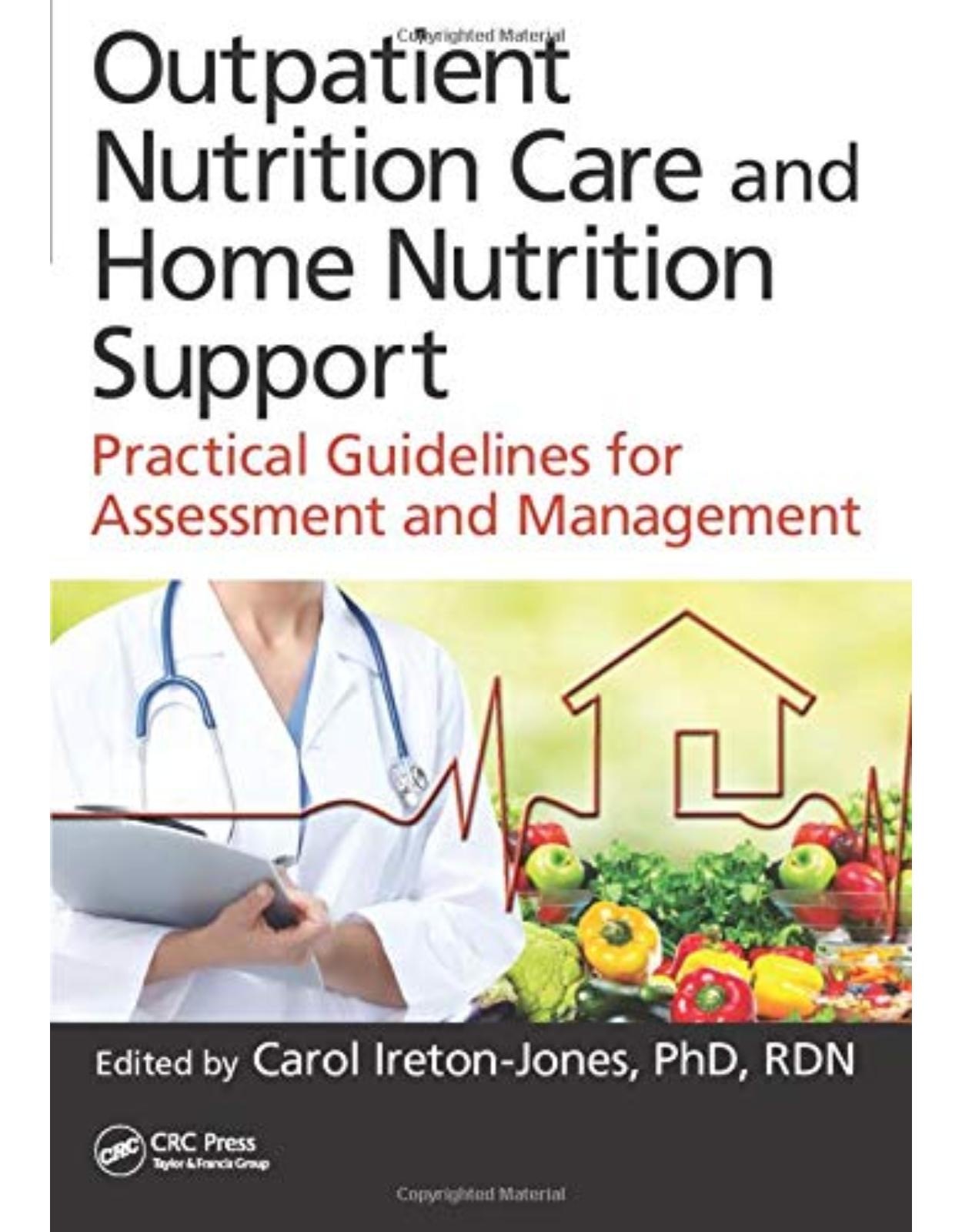
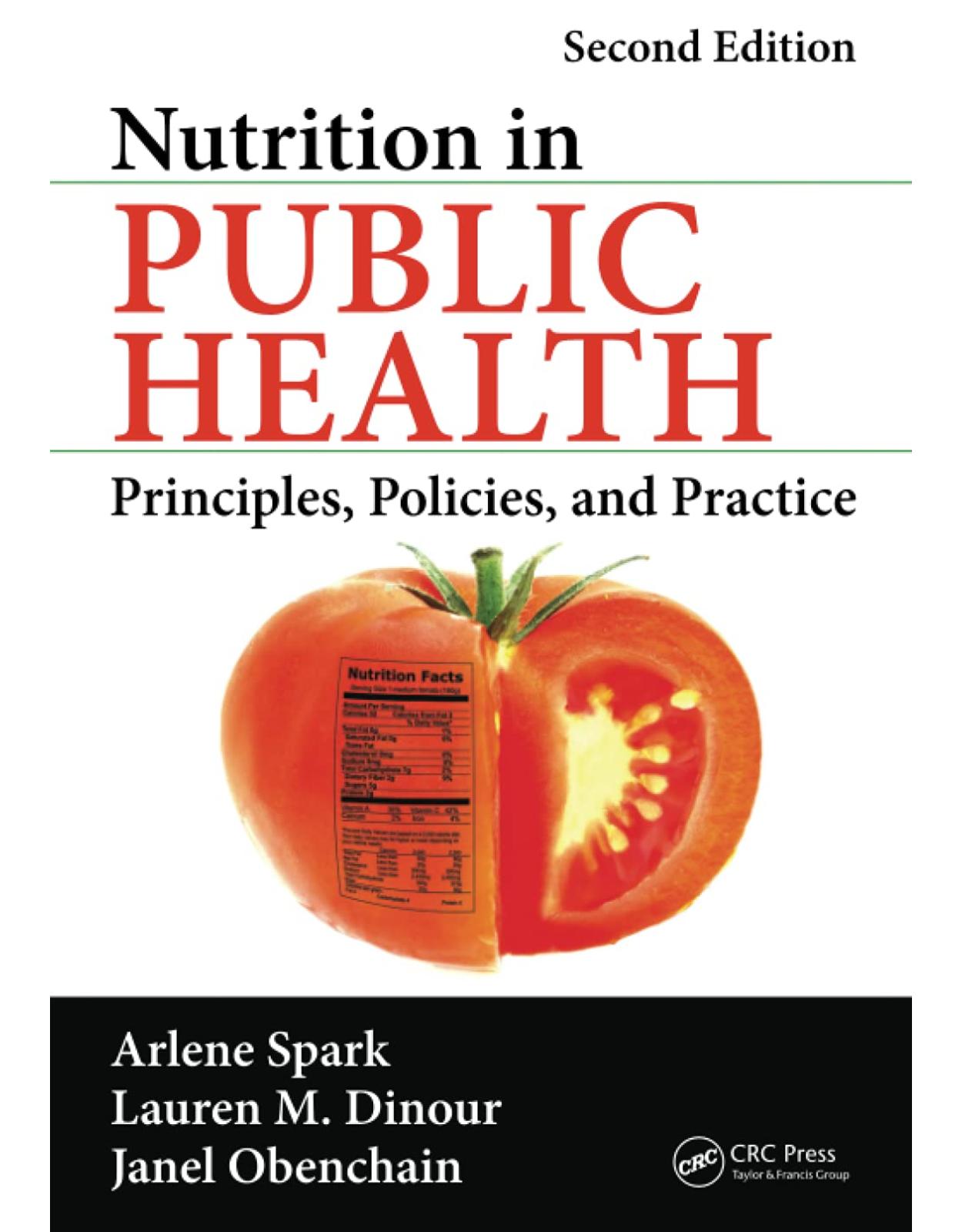
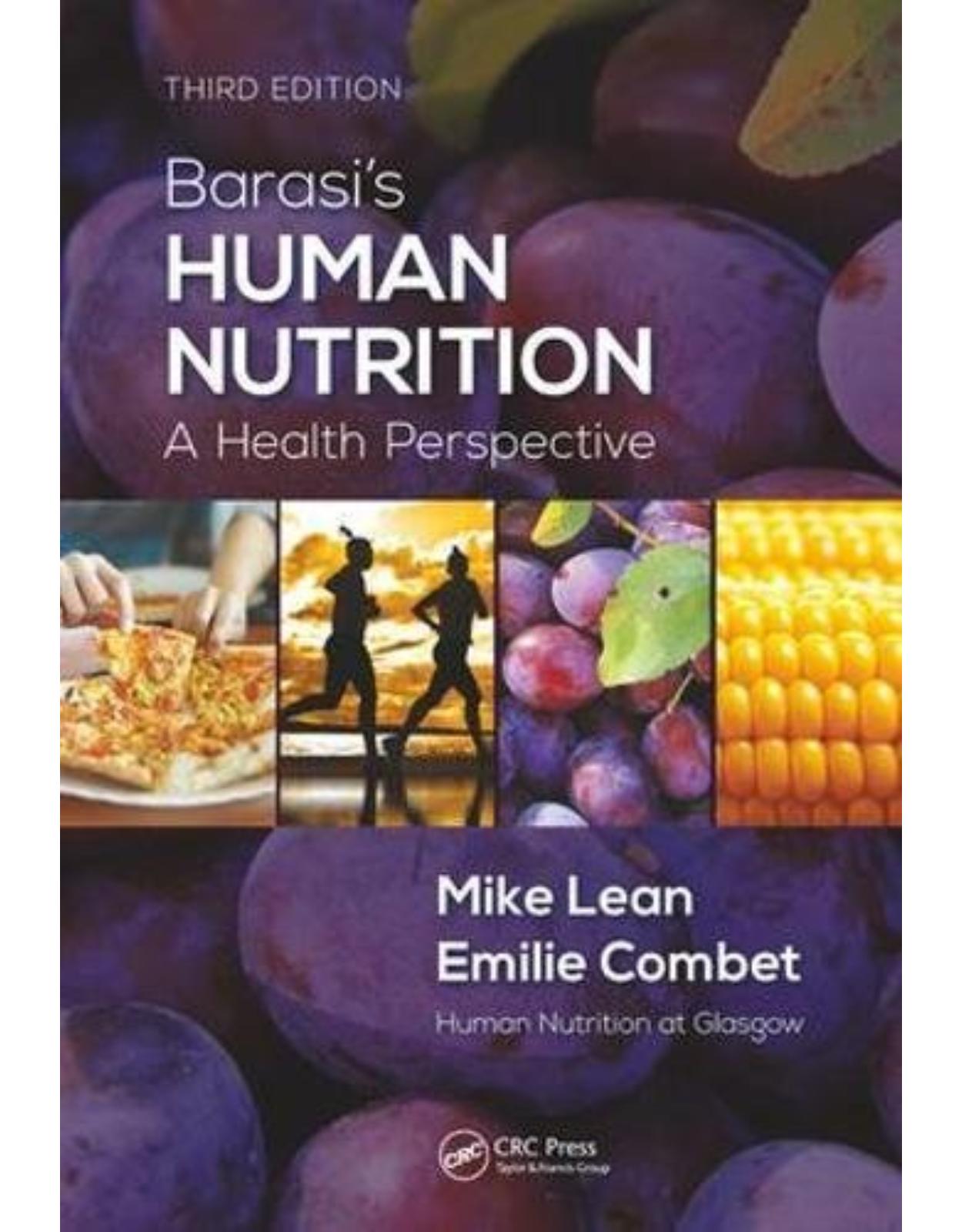
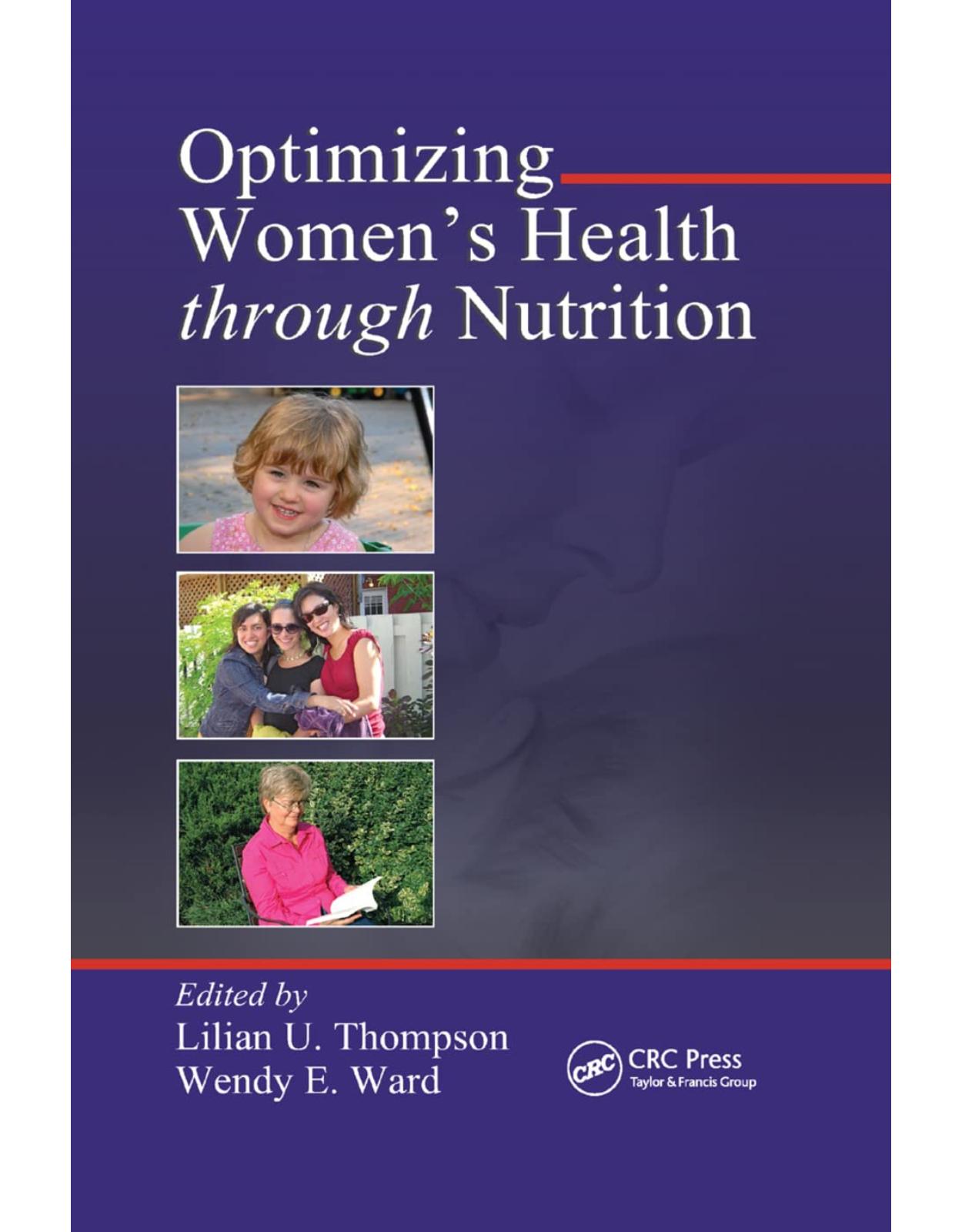
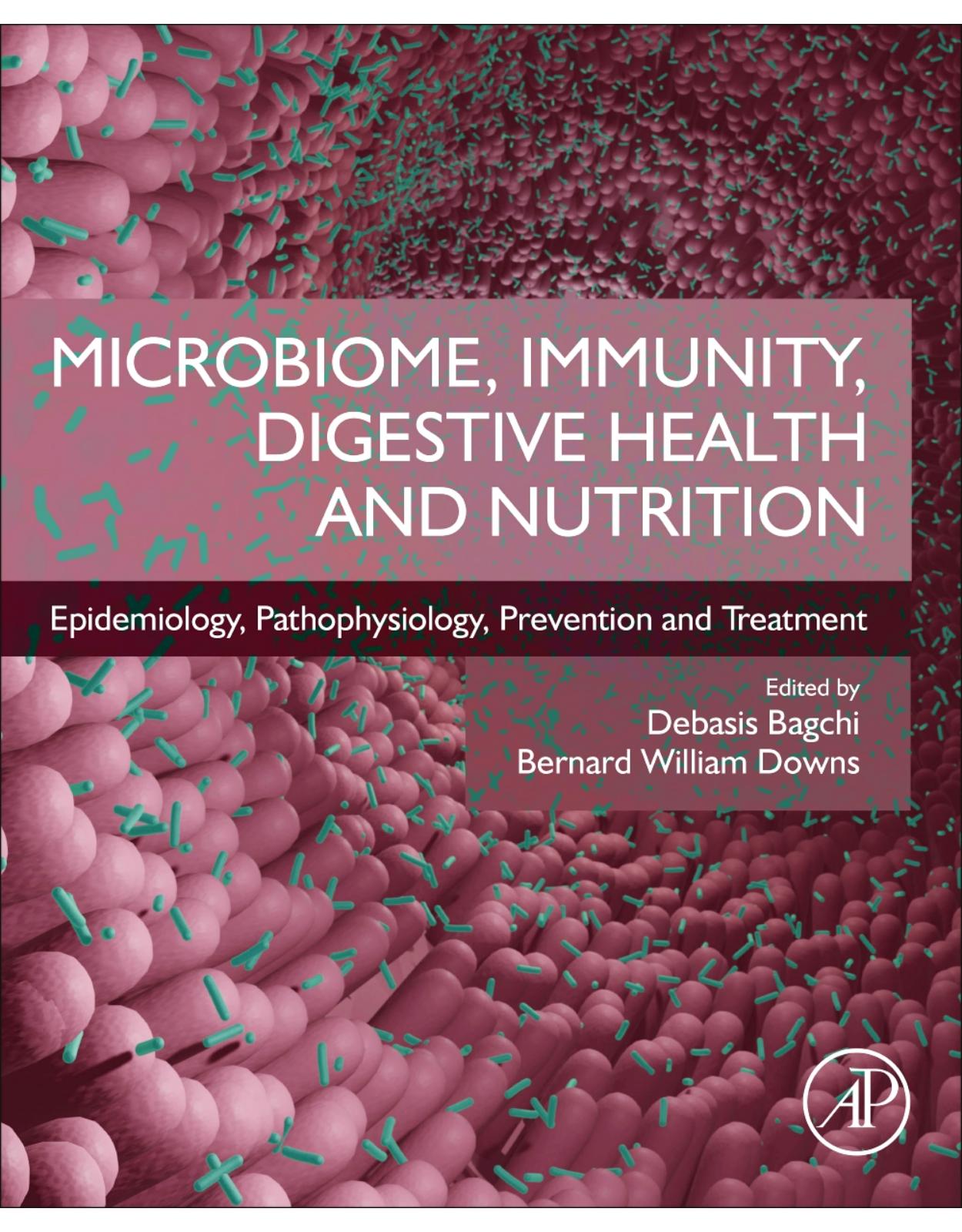
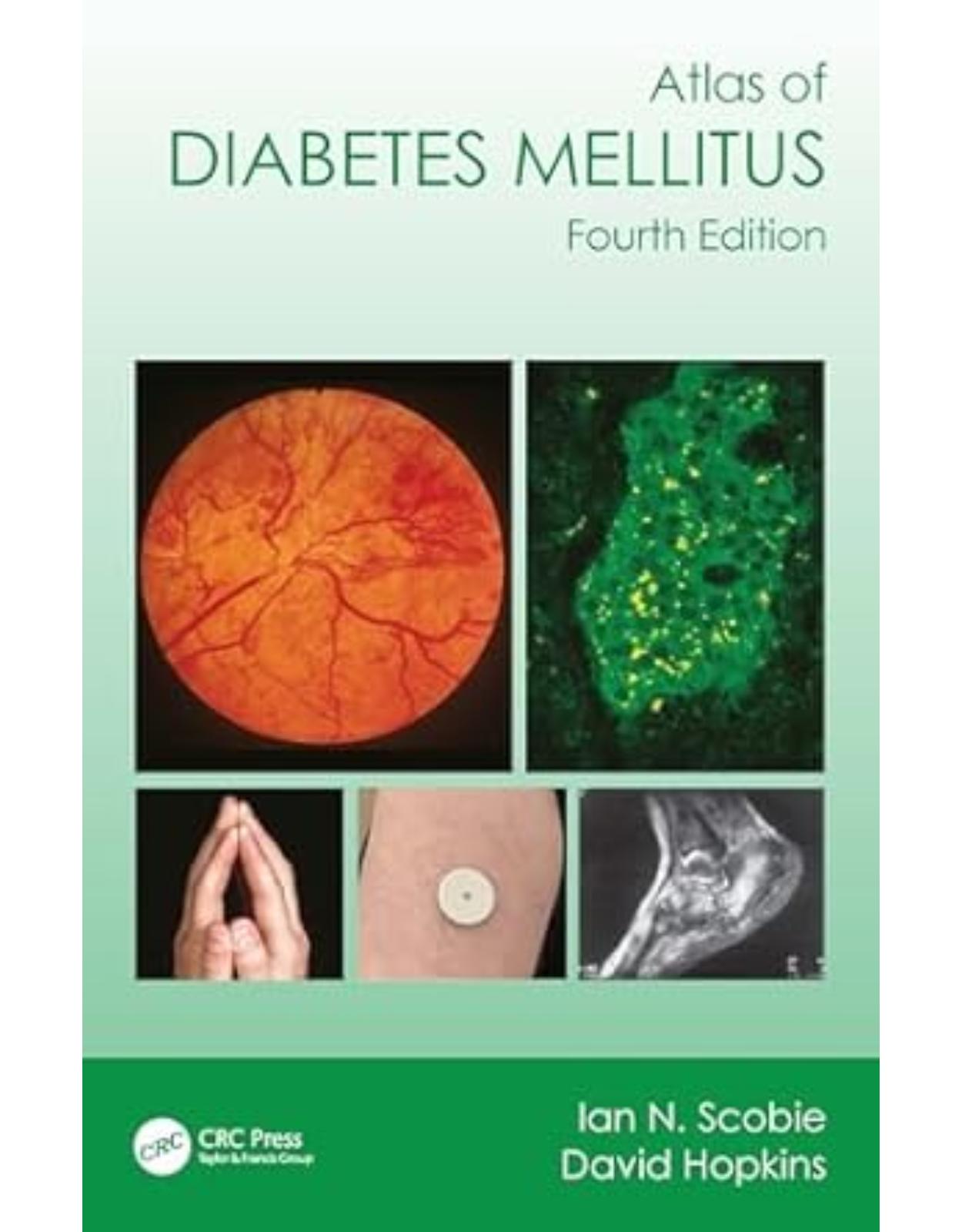
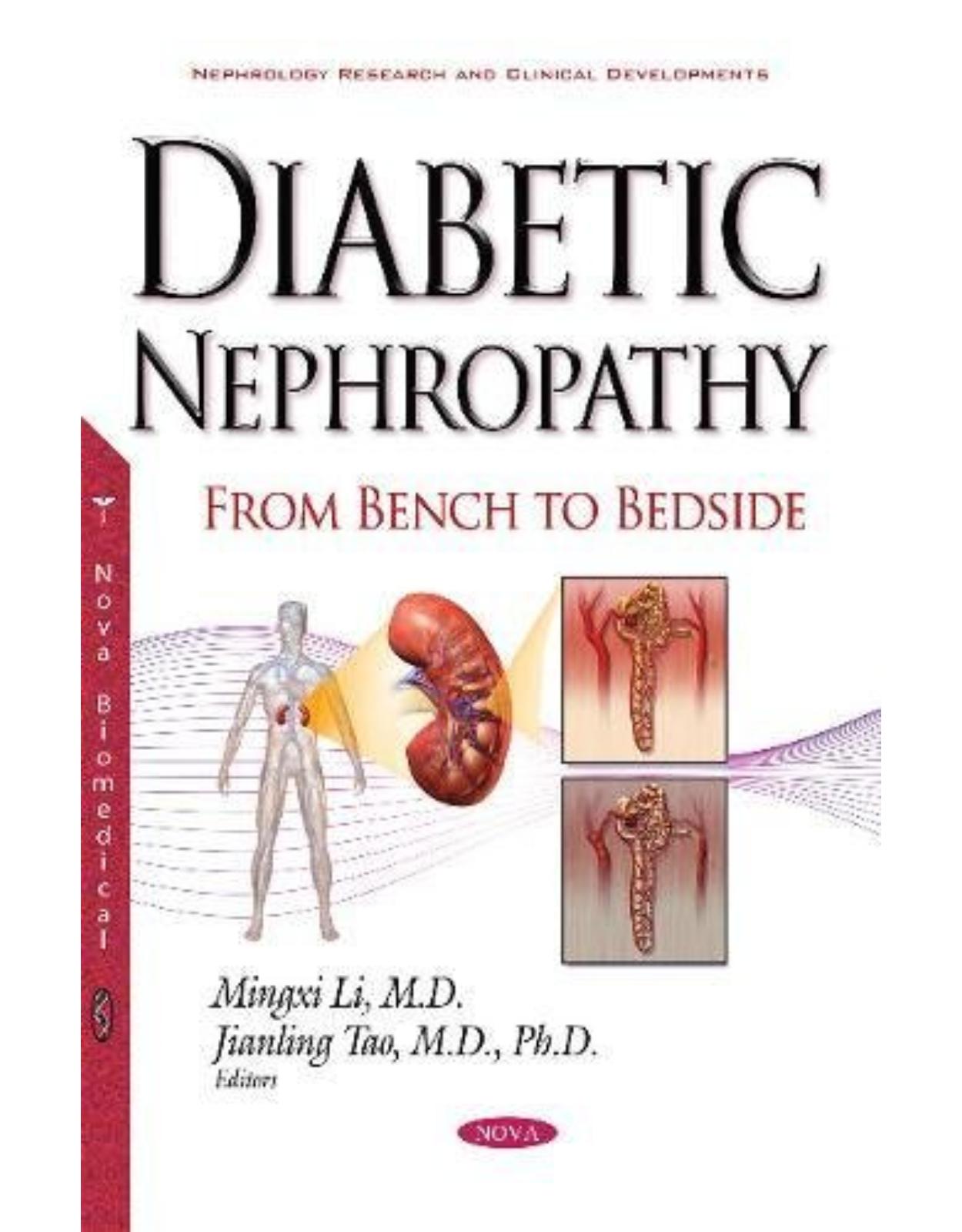
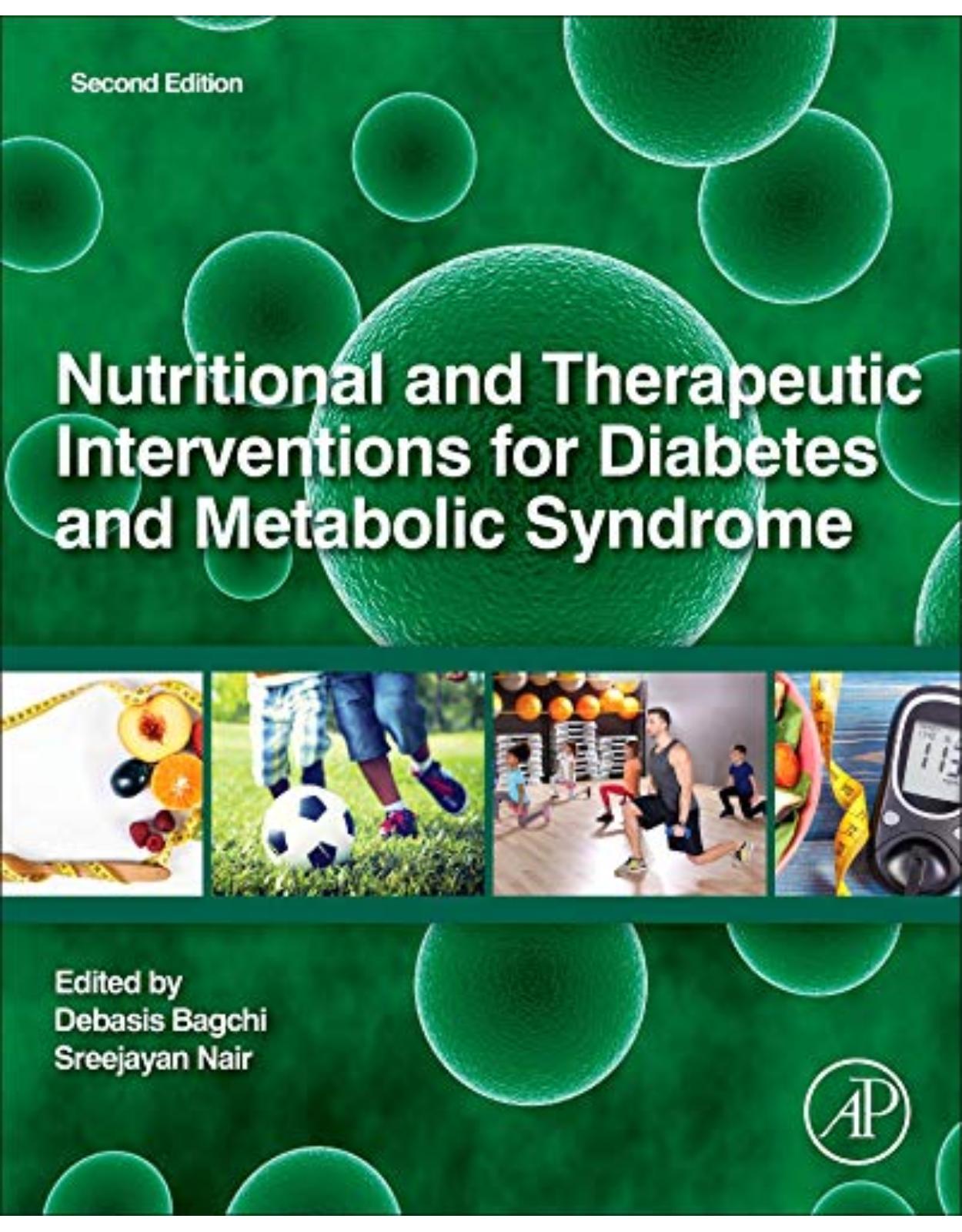
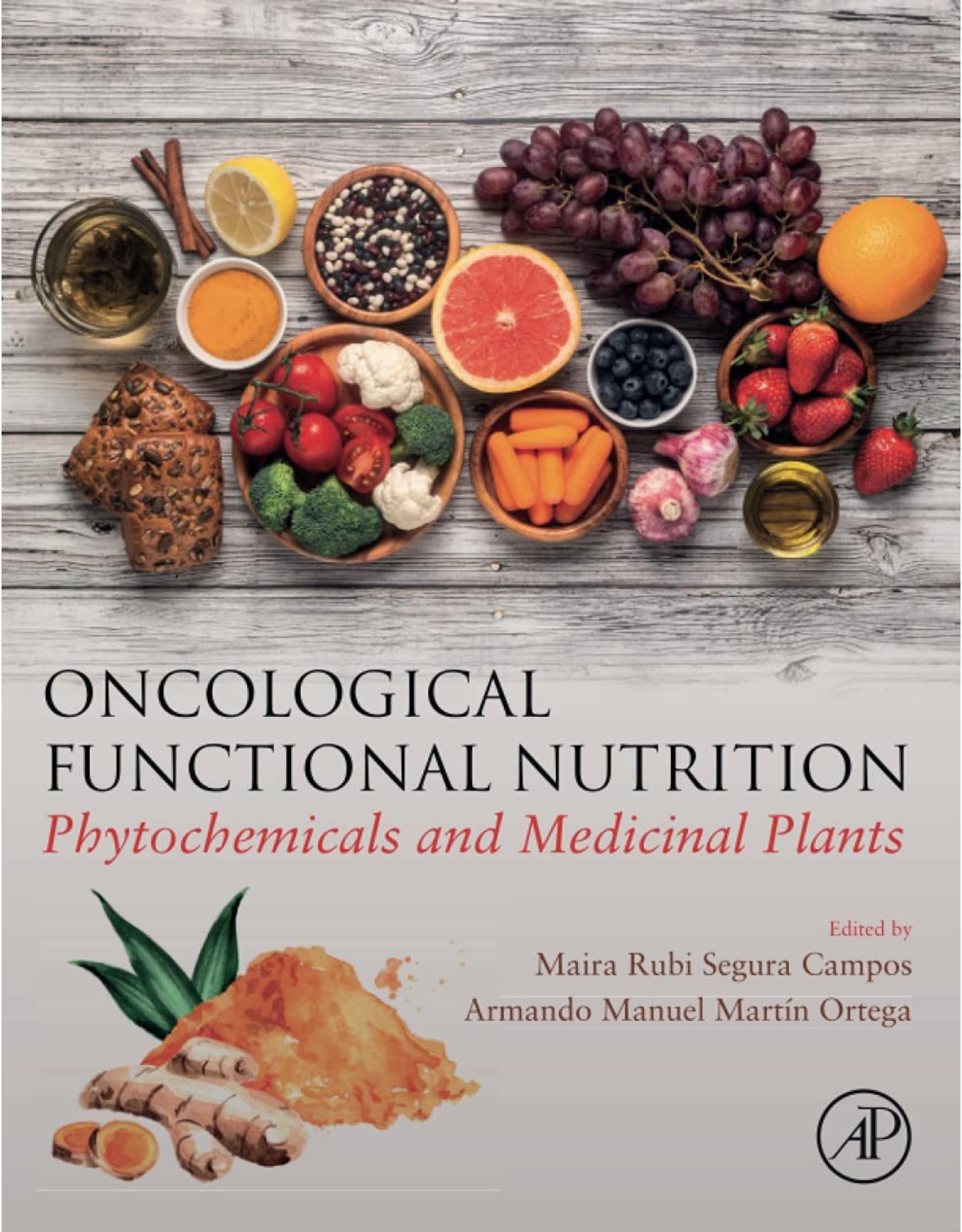
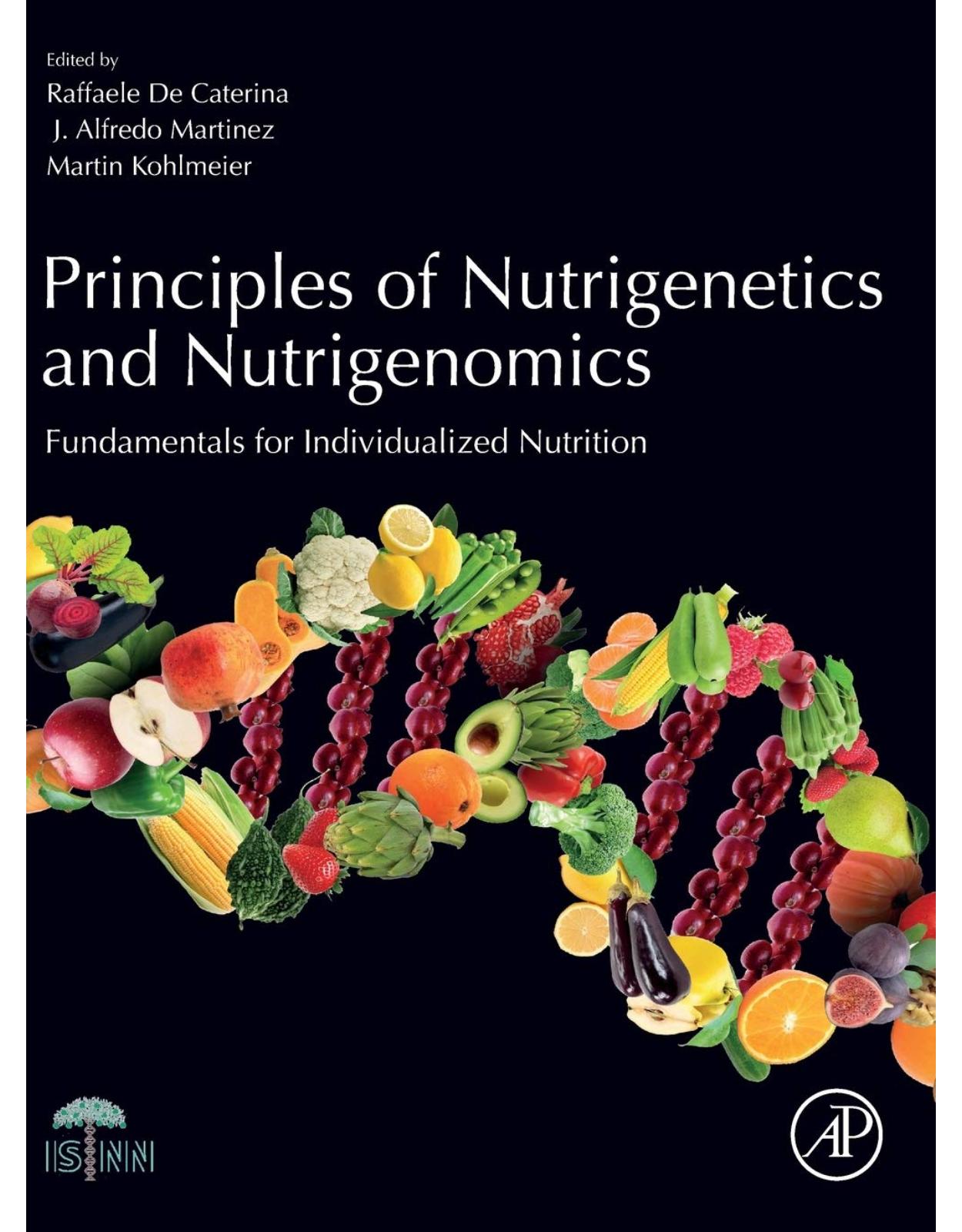
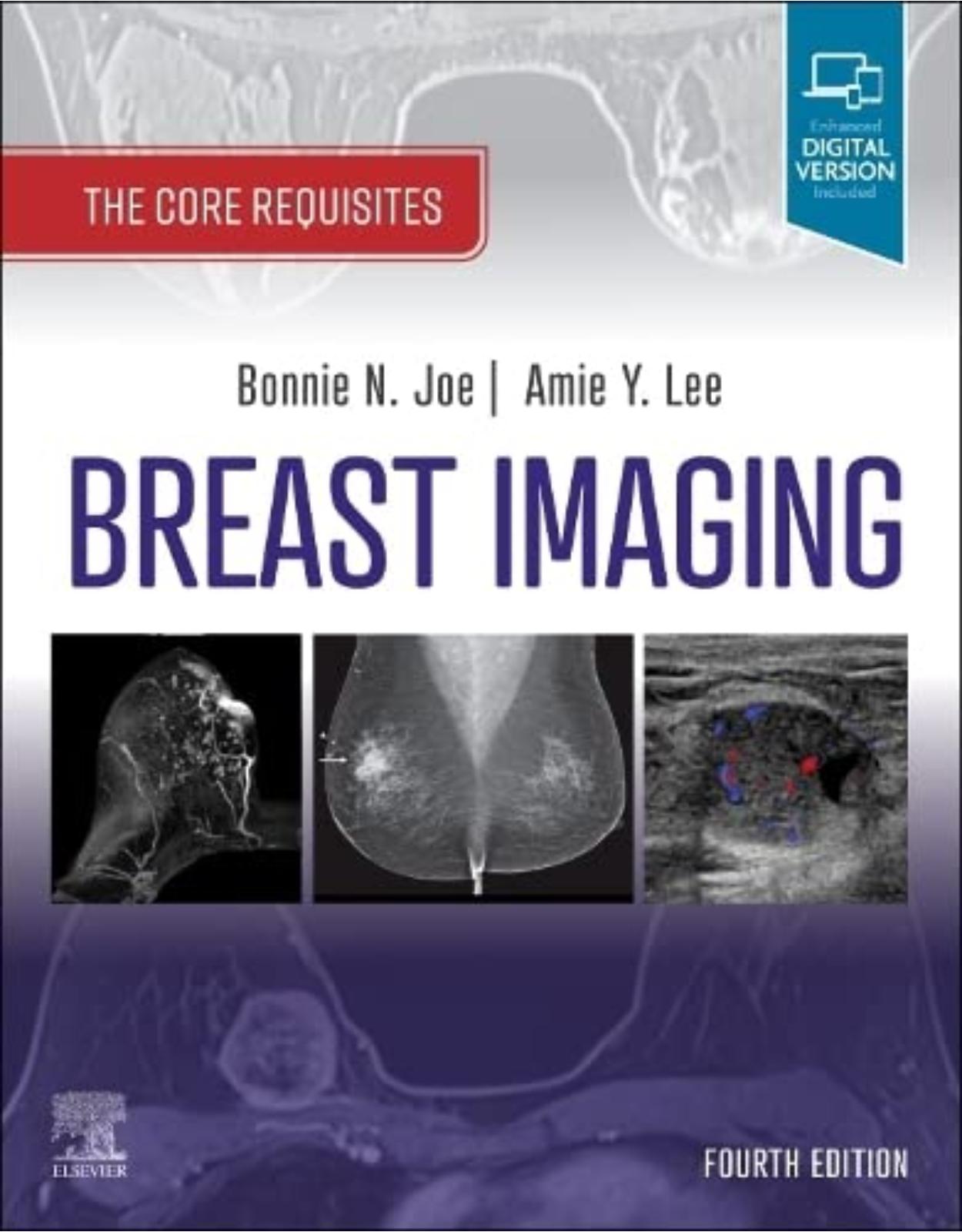



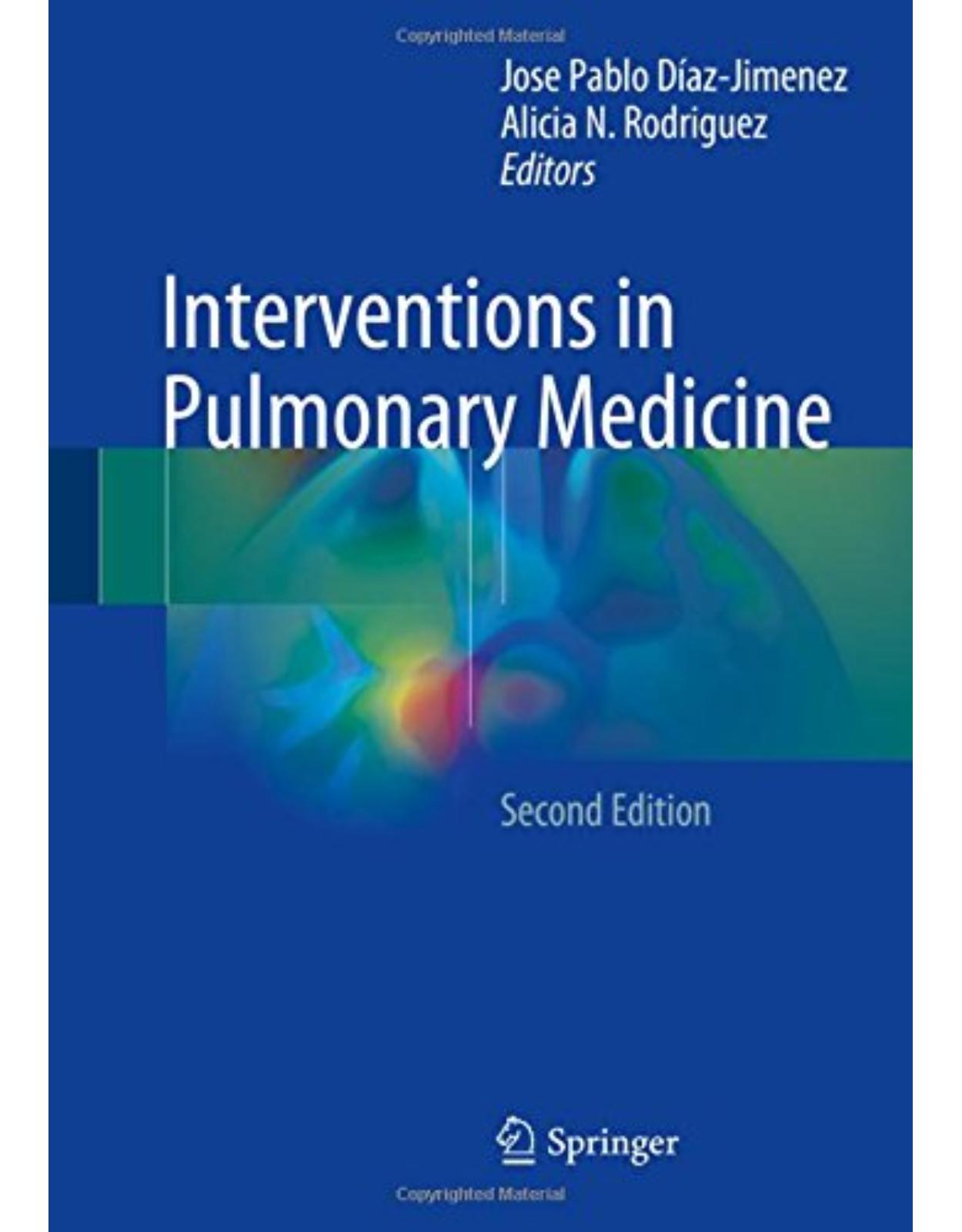
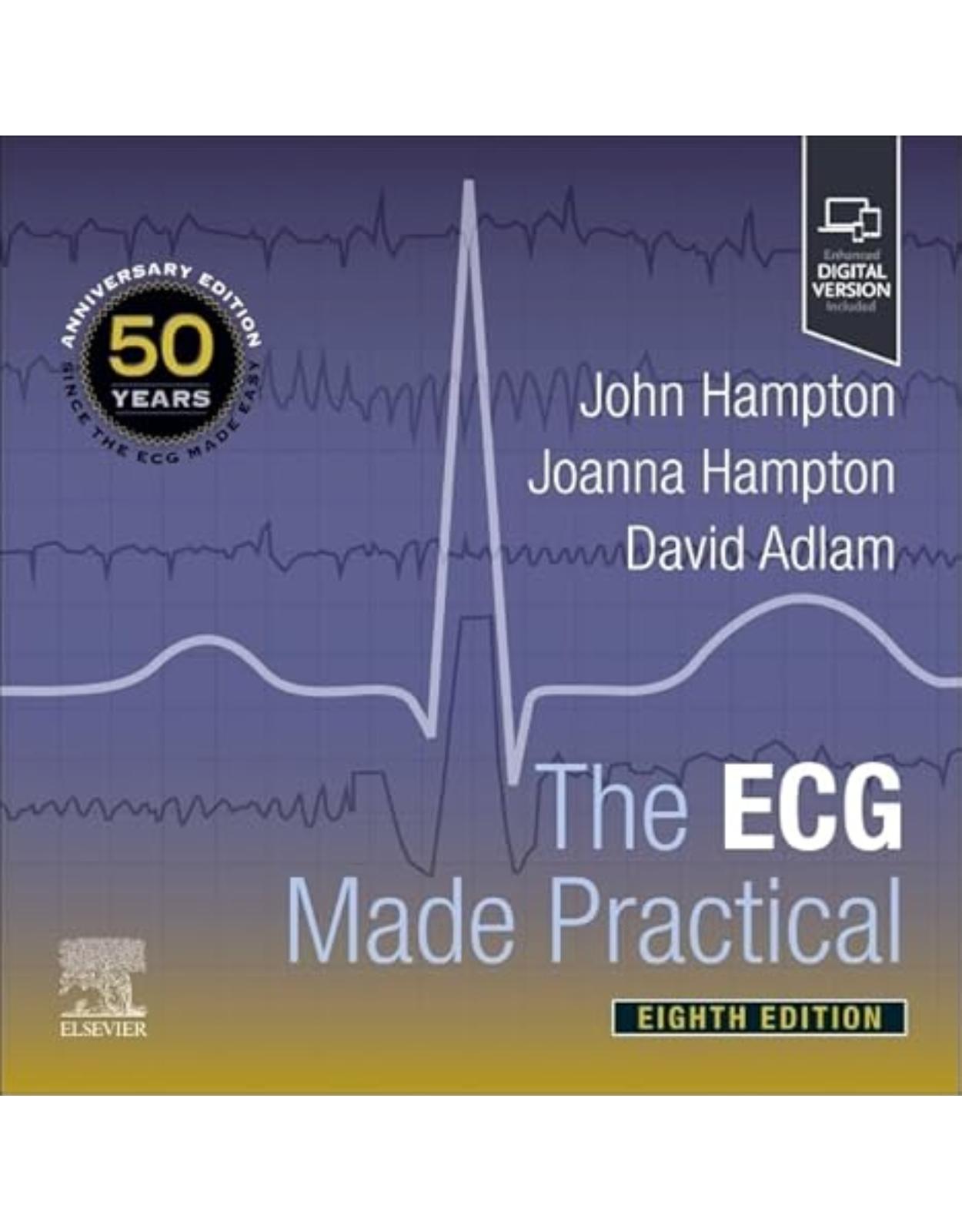

Clientii ebookshop.ro nu au adaugat inca opinii pentru acest produs. Fii primul care adauga o parere, folosind formularul de mai jos.